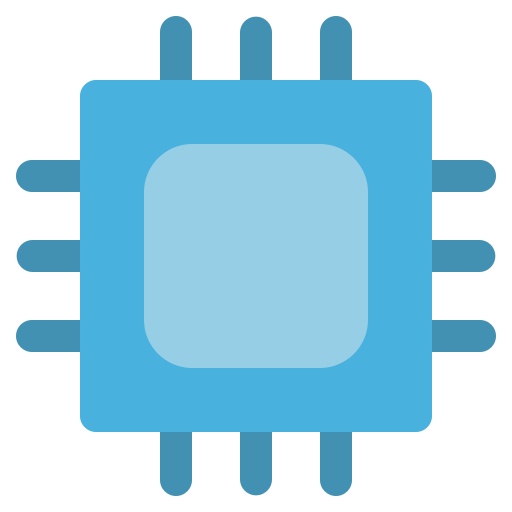

You could make the argument that people with 5090s do run their PCs longer than 3 hours since those folk are more prone to longer bouts of gaming to feel like they’re returning on their expensive investment. And as the capabilities of our PCs become more and more robust, it will likely mean that people will more and more need to consider whether the circuit they’re plugging into will take the load they’re giving it.
Doesn’t hurt to plan for the future regarding building wiring, since most tech folk do so regarding their PC builds.
But, up on further inspection… I may be inclined to agree with you. See this thread from licensed and qualified professionals in the space.
It seems that homeowners are given a special class of immunity when it comes to manifesting hazards associated with their use of electricity. Whether or not that immunity should be granted, given that improper use of electrical equipment in a household can lead to fires and cause undue harm to the community at large, I think is up for debate.

What I’m arguing and what those in the link I shared above argue though is that if a homeowner finds that their new PC setup is drawing more than a 15 Aac circuit breaker allows, then they have two choices: 1) downgrade the PC, or 2) upgrade the building wiring. And if they choose the latter, then they can either 1) do the upgrades themselves or 2) have those architects, general contractors, and electricians do it for them.
While I would want to think that homeowners would prefer qualified personnel do installations on their premises because such personnel understand the hazards and code requirements, I don’t think that ends up happening in many instances. If a homeowner wants to upsize their 15 Aac circuit to 20 Aac, they have now crossed the line from electricity “user” to electricity “installer”, hence activating the NEC.
If an installer knows that they’re going to install a 20 Aac breaker, then they must follow the portions of the NEC code limiting the load on that breaker to 80%. For the homeowner, they know which loads they want to hang, so this automatically means they can’t load more than 16 Aac. If instead the homeowner were to contract an electrician to do the work, it would be up to the homeowner to not disclose what kind of load they wish to place on this circuit to the electrician so there isn’t established any grounds for code violation. Bear in mind that like you say even if you run more than 16 Aac on a 20 Aac breaker it’s going to work; what we’re discussing is code violation and grounds for revoking licenses of practicing electricians, architects, engineers, etc. - and you may argue that if a homeowner does the install then they have no license to revoke, in which case should they have done the install to begin with? We run into a circle.
I would wager to say that there are many competent and incompetent electricians and inspectors out in the world, and as much as we wish for good intent, I still believe greed and convenience exist to counteract that.
If you live in an older house/apartment that was built before the 1970s/1980s, perhaps a good rule of thumb would be to derate your circuits given the uncertainty surrounding those installations. If after, or if your building has undergone electrical renovations specific to the circuit you wish to load with your beast of a PC, perhaps homeowners/apartment dwellers can be more confident that they’ll be safe.
As an engineer myself, I tend to lean on the safer side of things by virtue of not knowing the unknown (and to save my own ass), but I recognize that that virtue isn’t respected by everyone. Just be safe people!